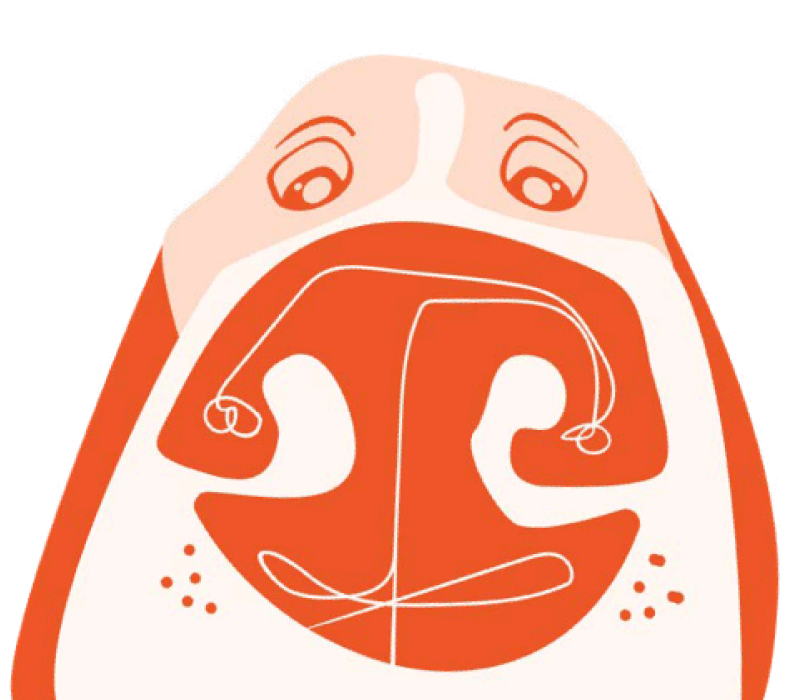Your cart is empty. Let's fix that!


When using an enrichment tool, it's a good idea to set some boundaries to make sure that your dog can enjoy their treat or meal to the fullest. Once your dog is done, put away the mat to discourage any rough play!
Additionally, make sure you're always present when your dog is using the lick mat. Some dogs may try to flip or tear the mat apart when they're finished, so supervising them and redirecting any destructive behavior will ensure that the mat lasts for more than just a few meals.
If your dog pulls or chews at the mat, redirect this behavior so that they know how to use the lick mat the correct way.
Looking for ideas on what to put on a dog lick mat? Look no further!
Many people become a bit stumped when it comes to what they can use in a lick mat. As a result, many pet parents get stuck in a peanut butter rut. Never fear! Here are some fun ingredients to get your creative juices flowing!
Here are some examples:
Freeze to make it last longer!
There’s a common misconception that the teenier the design is, the more difficult it will be for your dog, hence making it more effective. This misconception is linked to the idea that the longer an enrichment activity lasts, the more beneficial it will be for your dog.
This couldn’t be farther from the truth! We always want enrichment games to be fun and attainable for our furry friends, and mats that have sections that are too small can lead to frustration. As a result, try not to focus on how difficult a lick mat or slow feeder may look; larger gaps are not the enemy. In fact, having better spacing in lick mats and slow feeders is vital in making sure that our dogs’ meals are attainable and their emotions under control.
One of the most frequently asked questions when it comes to lick mats and slow feeders is: “How do I clean them?!” After all, the little nooks and crannies in lick mats are designed to keep food in, which can make cleaning a challenge. Here are three ways to make cleaning your lick mats less of a pain:
1.) Soak that baby! Immediately after use, I soak my mats in warm, soapy water. The key here is to do so immediately after use, so that the treats and food don’t have time to harden into the crevices. I then use a scrubbing brush to dislodge anything left behind. Voila!
2.) The dishwasher is your friend. The feast mat is dishwasher safe. For the best clean, rinse your mat first before placing it into the top rack of your dishwasher, leaning up against a small plate. Run the mat through your regular dishwashing cycle!
3.) Hold it, FREEZE! Another great way to get pesky food out of tough openings in your mat is to freeze it in place. Fill your lick mat with water and freeze for an hour or two. After freezing, simply pop out the ice cubes (like you would out of the ice cube tray). The ice will capture any leftover goodies in those tough corners, pulling it out when you remove the cubes.
Lick mats and slow feeders are one of those enrichment types that stretch right across the board. Whether you have a puppy, an adolescent, or even a senior dog – all of which can benefit from using these at meal time.
For example, slow feeders can offer an outlet that helps puppies slow down at mealtime, while lick mats can help desensitize things like baths and nail trims.
On the other end of the spectrum, lick mats offer a great form of “stagnant” enrichment for senior dogs, who may not be able to partake in as much sporadic/movement-based enrichment as they could in their younger years.
Lick mats are also a great way of mitigating FAS (Fear, Anxiety, and Stress) and are one of the items I always use during thunderstorms and/or fireworks for my dogs due to their calming effects.